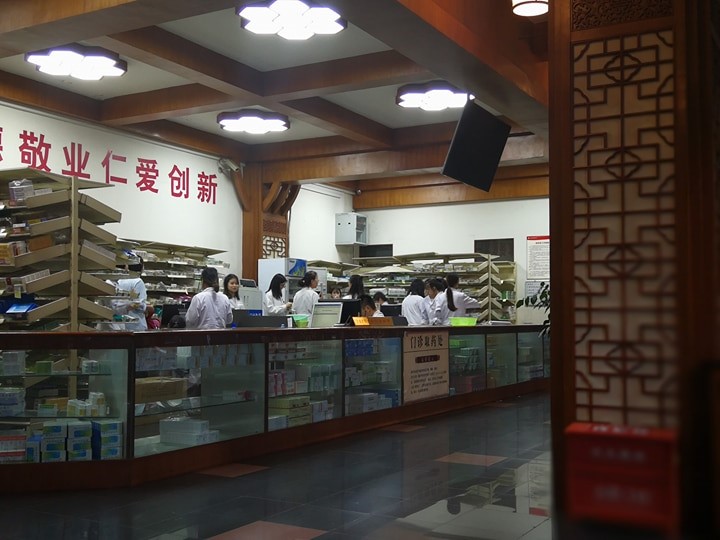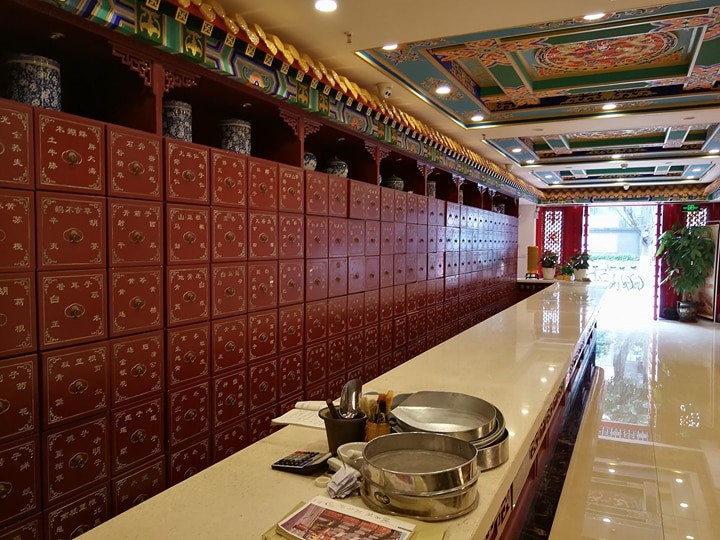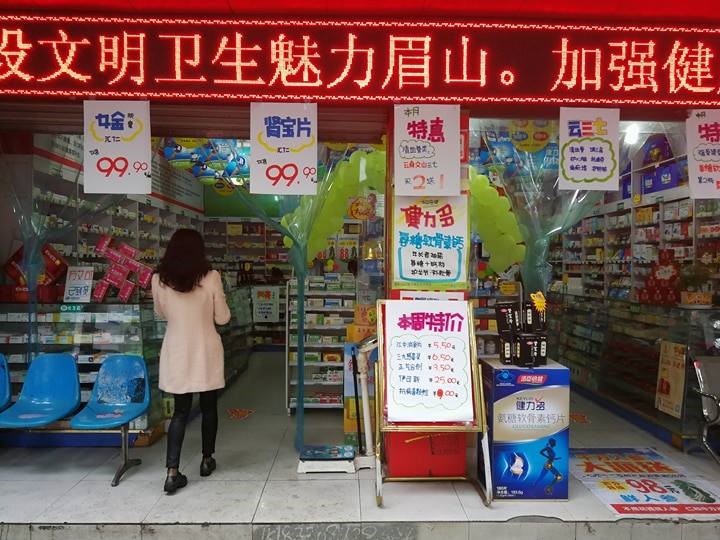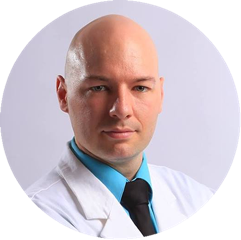What We Can Learn from East Asian Clinics: Specialization

In China, Taiwan, Japan, and Korea traditional medicine is 99.9% herbs. In fact if you were dropped off in a random Chinese city, you could walk around all day with a translator and not find a single acupuncture clinic. By contrast, how long would it take you to find an herbal clinic in a random Chinese city? Anywhere from 5-10 minutes.
Look at what the markets of East Asia are actually doing. Look at how herb heavy they are. This is a huge hint that you should be taking to enjoy success rates which are supported by tradition and scientific research. Sure acupuncture is great, but its downside is that it costs both you and you patient a lot of time. The markets of East Asia have spoken. Rather than struggling, it may be wise to learn from the collective choices of billions of people and embrace efficiency.
When you are heavily service-focused, you create high time demands on both you and your patient. They may not appreciate these time costs, in fact the monetary cost may be negligible for them, but the time costs will add up and they may drop treatments as a result.
If on the other hand you can provide the patient with education and herbs, then they are free and so are you. You can treat more people, make more money, and provide the patient better value for their money as well. It’s a huge win for everyone involved.
What do your patients really need?
Education
In China, most of the herb sales are automatic. People who are going through menopause will go grab some Zhi Bai Di Huang wan from the corner pharmacy. It has a very high success rate for this. Only when this doesn’t work will they go see a specialist. People know what to get because their friends and family know. There are commercials on TV that tell you when to take the herbs. When it becomes common knowledge, it goes from specialized education into the realm of culture. We don’t have to wait millennia for this to happen here in the U.S. because technology and targeted marketing mean that the transition from education to culture can happen much faster. The more efficiently this happens, the more people you can serve even if you never end up meeting face-to-face. A huge part of the practitioner-patient relationship is education and with advances in technology it may be time to rethink the one-on-one consult as being the best approach to patient education.
Results
Your patients are not there to get poked with needles or to choke down some exotic brew of bitter herbs. They don’t really want to confide in a stranger about the color of their urine or the regularity of their bowel movements, they are there to feel better and to find a solution to their problem as efficiently as possible. This means that they need the info and they need the herbs. And you are in the perfect position to supply that, getting them the results they want.
Taking Action
What is the single barrier to doing this with North American patients? Education. There is actually an easy work around if you leverage technology.
- Get Mailchimp or an auto responder software and automate the process so every day your patients are receiving information on how amazing the herbs are and about how smart they are for using them.
- Consider video testimonials, home therapy tips, and information on the benefits in their formulas. Check out www.botanicalbiohacking.com If any of the subjects are pertinent to your patients then send them a link so we can explain the pharmacology and history to save you time. Keep books on hand for your patients. Look at what is really necessary and eliminate waste.
- Internally diagnose with a traditional lens and outwardly speak in terms of biology. Biology is about nature and that is what our medicine is firmly rooted in. Your patients may not care about qi and blood and which of the 8 trigrams they line up with. They need to know that the herbs won’t kill them and they need a clear prognosis. This is where it’s great to leverage research.
- There is a lot on Google scholar you can find about your formulas. The Chinese government has put billions into researching herbs. Leverage this for your success. Look at the frequency and dosage of formulas in China. Look at what the clinical trials show to offer your patient a scientific prognosis. Instead of saying “maybe” you can show them that in these three clinical trials the effected rate ranges between 76% and 83%. Are they in the 17%-24% of patients it doesn’t work on? That is for them to make an educated decision on. You don’t need to act like a fortuneteller to have a great prognosis. You need to give them realistic data. This way you are not promising 100%, you are citing research. The research may show that the median time to see effects is two weeks. This is a great data point. It tells the patient what most patients expect without turning a prognosis into a palm reading session. Having a traditional and evidence-supported perspective is the fast track to expertise.


Narrowing Your Target
To get a lot of experience it’s important to go narrow into a demographic of people and a niche area of specialization which is both easy to treat from a traditional standpoint and well supported from a scientific vantage point. By treating “everybody for everything” you can never get the clinical mojo to tell the patient with certainty and accuracy what they will likely experience in the next 3 weeks. Ironically if you limit the types of diseases you treat and the demographic you serve, then you get market penetration and resonance very quickly.
Being a specialist doesn’t require a few decades; it requires a thousand patients who share a demographic and disease pattern. How many truck drivers with sciatica will you see in the next 20 years? Maybe 5? What if you specialized in treating truck drivers with sciatica? You could advertise at truck stops, via audio books, podcasts, and online sources that truckers use. You could quickly become the category expert on truck drivers with sciatica. Because people with similar occupations talk, you could get complete market penetration within a year or so. This also makes your ability to treat them much easier because you understand their lifestyle. You can ask hundreds of them what they want and need and accurately serve them. This population of people will by default tend to have more blood stasis and food stagnation from the lack of movement on the road and the calorie dense dietary choices. This narrows down your diagnostic process and helps you automate your patient advice and education. At this stage you can confidently say that no one else is more poised to serve truck drivers with sciatica than you are. This means your success rate can climb as well as your demand.

With your base in tradition, scientific support, and a focused demographic and specialization, there is no reason why you shouldn’t be leading medicine. With these powerful tools, you can effectively and responsibly see 50-100 patients a day. In China where the demographic has similar climactic influence, diet and DNA, it becomes much easier to specialize. This is how they see so many patients in a day with accuracy. Thanks to targeted marketing and technology, you can take this a step further by refining your demographic even more by occupation, geography, and lifestyle.
As you collect success stories you will be in a great position to become a guest on health related podcasts like Botanical Biohacking. This is where you can begin to shape the way people think about your area of specialization. Think bigger and you can serve millions of people.
Specialization is the secret to having a full clinic full of thriving patients. It is the secret to having patients fly in to see you. This is ultimately the way you can make the biggest impact to serve the most people with high value and integrity.
Here are some resources to help you get started:
- Keith Rhys.com He works with medical professionals to help them find a niche.
- www.botanicalbiohacking.com Our podcast offers in depth pharmacology and information on Chinese herbs not available anywhere else in English. There are times when you may be legally bound not to make certain claims even when they are supported scientifically. We aren’t selling your products so our team of MDs, Herbal pharmacists, and TCM specialists is free to support you and provide automated patient education.
- Mayway.com: When I graduated, my TCM Mentor James Shyun, OMD told me that the first thing I should do is to get an account with Mayway. Mayway has been a trusted source for herbs within the Chinese community long before TCM became mainstream. They offer drop shipping direct to patients and herbal customization. This means you can begin developing your own products while focusing all of your effort on your patient education and outreach.

Andrew Miles, DOM studied Chinese medical arts at age 15 and later studied formally with post graduate education at the Canadian College of Acupuncture and Oriental Medicine and then studied advanced diagnostics and integrated medicine at the Chengdu University of TCM in China. He lived in China for years learning more about Chinese medicine in laboratories and learning from China’s top specialists. He has consulted for pharmaceutical companies, practiced medicine and taught martial arts in China and has been recognized by the Taiwanese and Chinese governments for promotion and preservation of traditional Chinese culture. Dr. Miles is the author of Fibro Bible and Enlightenweight, and was a guest speaker at China Academy of Chinese Medical Sciences, Beijing University of TCM and Xiyuan Hospital in Beijing, China.

